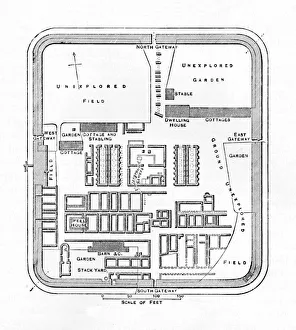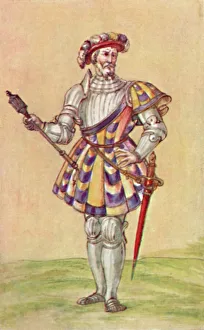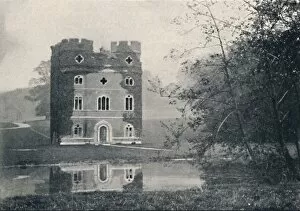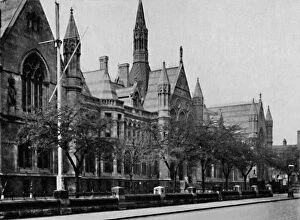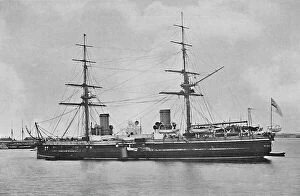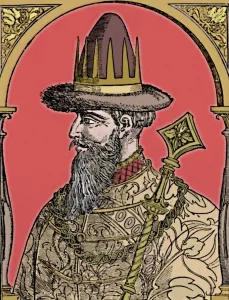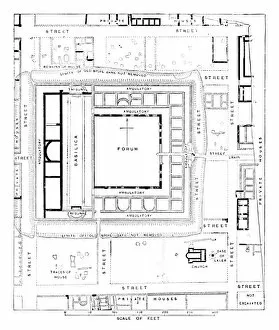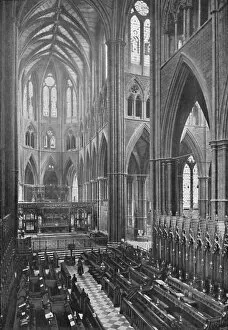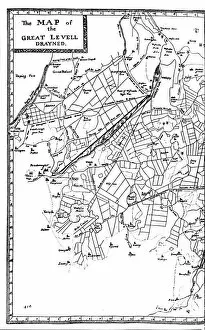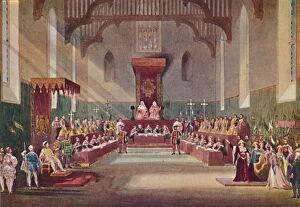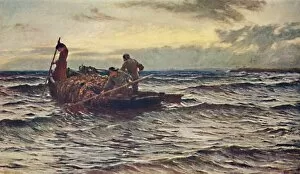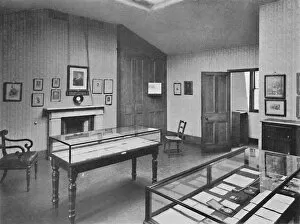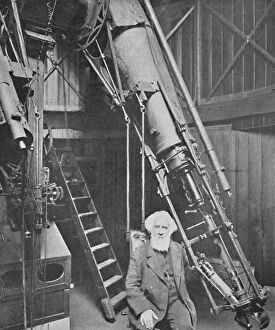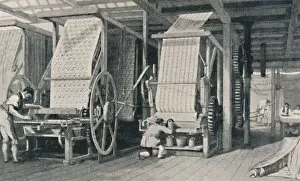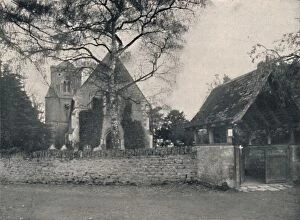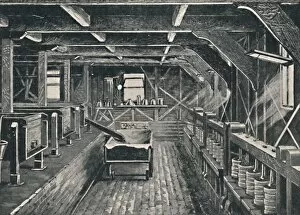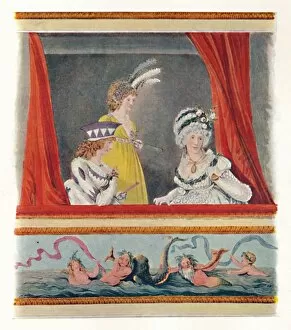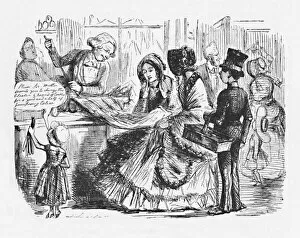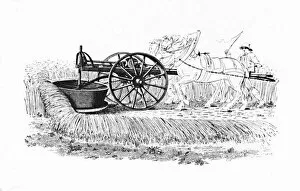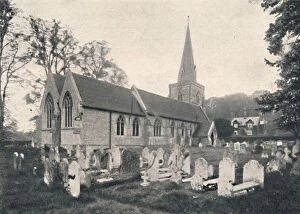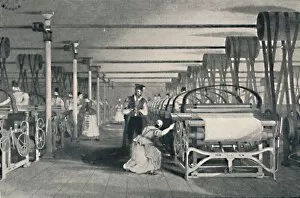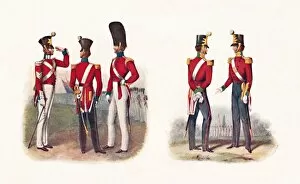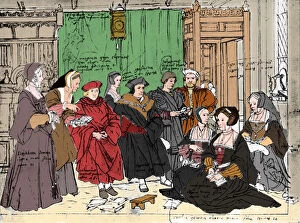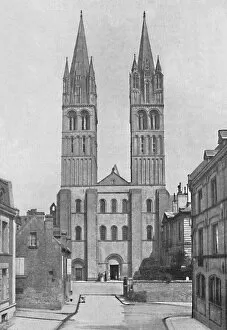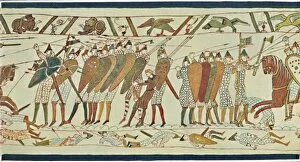"Social England: A Glimpse into the Tapestry of History" Step back in time and explore the rich tapestry of social life in England through captivating artworks and historical relics. JMW Turner's masterpiece, "Ulysses Deriding Polyphemus, " transports us to ancient times, where myth intertwines with reality. The painting's vivid colors and dramatic composition evoke a sense of awe as we witness Ulysses' defiance against the mighty Cyclops. In Thomas Webster's "A Dames School, " we catch a glimpse of Victorian-era education, where young girls gather eagerly around their teacher, absorbing knowledge that will shape their futures. This charming scene reminds us of the importance placed on education during this period. Moving forward in time, University College Nottingham stands proudly as a symbol of progress and enlightenment. Its establishment signifies the growth of higher education institutions across England, paving the way for intellectual exploration and societal advancement. The imposing figure of H. M. S Inflexible dominates our vision, reminding us of Britain's naval might during its imperial era. Symonds & Co. 's intricate depiction captures both the grandeur and power associated with these majestic vessels. Delving deeper into history reveals Plan Bremenium - an archaeological treasure map showcasing remnants from Roman times. This fascinating blueprint allows us to piece together fragments from centuries past, shedding light on ancient civilizations that once thrived within these lands. Wolsey's Palace at Esher offers a glimpse into Tudor opulence; its ruins whisper tales of Cardinal Wolsey's rise to power before his fall from grace under King Henry VIII’s reign. These remains serve as reminders that even those who held immense influence were not immune to political intrigue or royal whims. "The Czar Ivan the Terrible" by Hans Wengel takes us further eastward into Russian history – an enigmatic ruler whose actions left an indelible mark on his nation’s destiny.


